Usually in a Judaic Studies classroom, a teacher might measure the success of a lesson based on the compliance of students or the ability of students to repeat back the information from class or a summary worksheet. This evaluation method allows students to show progress and the teacher to feel the accomplishment of delivering material or skill development.
But imagine a different paradigm. Consider education as a form of engagement instead of a delivery of goods so that education requires intention and effort in addition to acquisition.
The quote from the Mishna (Pirkei Avot 4:1) Aizehu Ashir? HaSameach B’Chelko, (Who is wealthy? The one who is happy with his part in the world.) refers to expectations that shift from what one lacks to what one has. For students, they may feel a longing for more toys, more purchasing power -- or even more social power. This text encourages us to help students recognize the amazing things each does have.
Now consider that same paradigm shift in the classroom but for students with an adapted version of that Mishna: Aizehu Ashir Ba’kitah? HaKoneh et Chelko (Who is wealthy in the classroom? One who intentionally acquires his part of the learning). In a short summary of a complex topic for this metaphor, there are three methods of gaining ownership of Metaltilin (an object) using a process called Kinyan. A Kinyan represents an act in which one person obtains an object, while the previous owner either agrees or gives up ownership.
In the Kinyan Chatzer, an item enters the property of the acquirer where the acquirer knows it, has unique access to it, and claims it. This would look like an idea or skill given to students to investigate and absorb.
With Arba Ammot personal space replaces property in a situation where the previous owner has given up the object. This would look like an idea students identify and investigate.
In Hagbahah, Meshicha, or Mesirah, the acquirer lifts, drags, or transfers an object directly to the acquirer. This looks like an idea derived or extracted from a larger corpus of material.
In each of these cases, the previous owner (the teacher in this case) creates an environment where the student wants to acquire, can acquire, and will acquire the Chelek/portion of learning with appropriate personal effort, intention, and desire to obtain it. Instead of pouring a dump truck of knowledge into a pile on students’ doorsteps, students seek to demonstrate ownership, even by shaping the ideas within their own context.
The creation of a classroom defined as a marketplace where the teacher entices students to acquire ideas will reinforce and reward the students’ efforts. This is certain to result in wealthy students.

